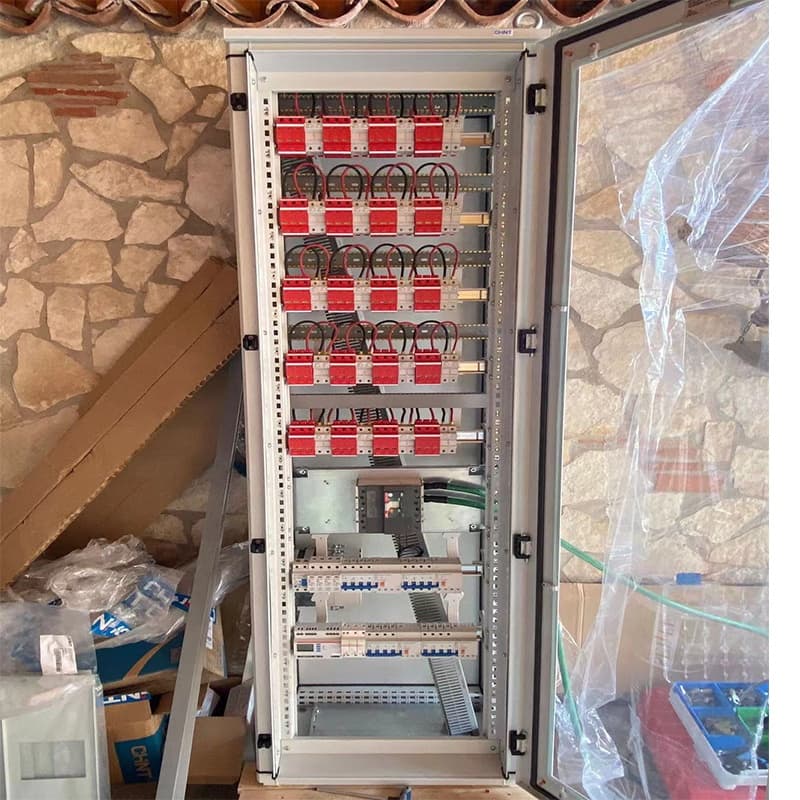Categories
New Blog
Surge Protection Device (SPD) Installation Guide
August 01 , 2025
Electrical surges can damage sensitive electronics, leading to costly repairs or replacements. Installing a Surge Protection Device (SPD) is a proactive way to safeguard your home or business from voltage spikes caused by lightning, power grid fluctuations, or switching transients.
This guide covers the key steps for proper SPD installation to ensure maximum protection.
1. Choose the Right Type of SPD
SPDs are categorized based on their location in the electrical system:
Type 1 (Primary Protection)–Installed at the main service entrance to handle large surges (e.g., lightning strikes).
Type 2 (Secondary Protection)–Mounted at sub-panels to protect individual circuits (common in homes and offices).
Type 3 (Point-of-Use Protection)–Plug-in or outlet-based protectors for specific devices (e.g., computers, TVs).
Select the appropriate type based on your needs.
2. Turn Off Power Before Installation
Safety first! Before installing an SPD:
Switch off the main circuit breaker to avoid electrical shock.
Use a voltage tester to confirm power is off.
3. Install the SPD at the Correct Location
For Main Panel Installation (Type 1 or Type 2 SPD)
- Mount the SPD near the main electrical panel or subpanel.
- Connect it in parallel to the power supply (not in series).
- Follow the manufacturer’s wiring diagram (typically L-N-G for single-phase systems).
For Subpanel or Branch Circuit Protection (Type 2 SPD)
- Install the SPD downstream of the main panel.
- Ensure it is as close as possible to the equipment being protected.
For Point-of-Use Protection (Type 3 SPD)
- Plug directly into an outlet or use a power strip with built-in surge protection.
4. Proper Wiring Connections
-Phase (L) and Neutral (N) Wires–Connect to the corresponding terminals on the SPD.
- Grounding (G) Wire–Must be securely attached to a low-impedance ground (critical for effective surge dissipation).
- Follow Local Electrical Codes–NEC (National Electrical Code) and IEC standards may apply.
5. Verify Grounding System
A surge protector is only as good as its grounding.
- Ensure the grounding wire is short and straight(avoid long, coiled wires).
- The ground resistance should be below 25 ohms (use a ground resistance tester if necessary).
6. Secure the SPD and Restore Power
- Mount the SPD securely using screws or DIN rail (if applicable).
- Double-check all connections.
- Turn the power back on and check the SPD’s status indicator (usually an LED light).
7. Test the SPD After Installation
- Use a multimeter to check voltage levels.
- Some SPDs have a self-test feature—verify it’s functioning correctly.
- Consider periodic testing.
When to Call a Professional?
If you’re unsure about:
- Electrical panel wiring.
- Proper grounding.
- Compliance with local codes.
It’s best to hire a licensed electrician for safe and compliant installation.
Final Thoughts
Proper SPD installation is crucial for protecting electronics from damaging surges. Whether you’re securing a home, office, or industrial facility, following these steps ensures reliable surge protection.
Stay safe and surge-free!
